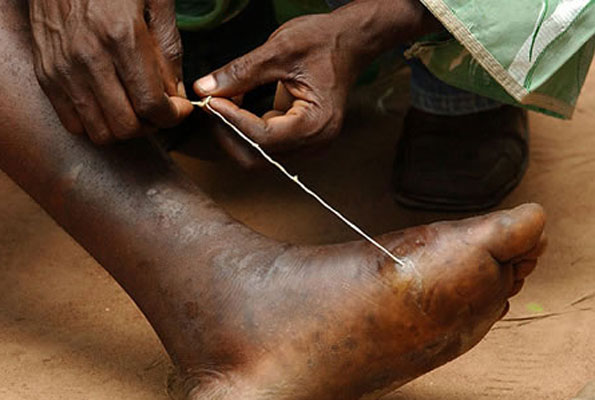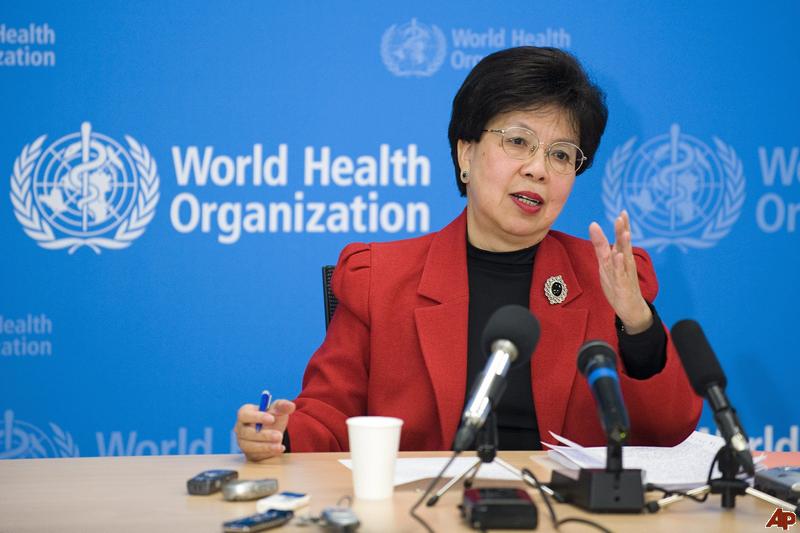
The World Health Assembly (WHA) has once again called on its Member States and the global health community to take action against some of the world’s most dire public health issues. The 67th annual assembly took place in Geneva, Switzerland on May 19-24th. The WHA tackled a broad range of topics important to developing and developed countries alike; from vaccines and immunization to child and maternal health. It should be no surprise that here at ARCHIVE we are always keeping tabs on developments from the health and scientific communities. As an organization that works at the intersection of design and health, we particularly focus our efforts on neglected tropical diseases, malaria, and tuberculosis: diseases that are particularly linked to poor living conditions. These are among the many diseases of poverty that can be directly impacted by design solutions in housing. Naturally, ARCHIVE was keen to see the WHA’s resolutions.
One of the most worrisome developments in global health has been rapidly growing antibiotic resistance to the drugs used to combat Tuberculosis; it’s been all over the news lately. Combined with high rates of HIV/AIDS co-infection, tackling Tuberculosis is a global necessity. According to the World Health Organization (WHO), people living with HIV/AIDS are 30 times more likely to contract TB than those living without the disease (WHO). Antibiotic resistant strains of this ancient bacterial disease are galvanizing governments, the public health community, and researchers to develop a course of action that outpaces growing TB-resistance. Recognizing the social, economic, and health burden of TB, WHO urged member states to adopt a new resolution aimed at reversing the incidence of TB by 2015. The new resolution adopted by WHO member states is aimed at reducing 95% of TB deaths and cutting 90% of new cases by 2035 (DEVEX). However, proactive measures like these will only be possible if antibiotic resistance does not completely cripple global health efforts. The emergence of antibiotic resistance strains of TB demonstrate how prevention is paramount, particularly when antibiotics no longer work.

Another major agenda item was Neglected Tropical Diseases (NTDs). NTDs affect over 1 billion of our world’s population (WHO). NTDs are notably diseases of poverty which burden the most isolated and economically poor populations. The 17 resolutions devoted to targeting NTDs are economically feasible, have broad reaching impacts, and correlate to development objectives established by the Millennium Development Goals, and the post-2015 agenda. Increasing resources to push for NTD interventions will improve progress on tackling these preventable infections, as well as make possible the eradication of Dracunculiasis (Guinea Worm Disease) and other diseases by the anticipated dates of 2015 and 2020. Other areas for action include encouraging capacity building initiatives and fostering the development of diagnostic tools, medicines, vaccines, pesticides, as well as other tools for vector control and infection prevention. Dr. Margaret Chan, the Director General, acknowledged that the elimination of the threat of NTDs is a priority (WHO).
Reading through these resolutions brings to mind the outcomes of the World Urban Forum (WUF occurred this past April in Colombia). The recent WUF established that urban development and urban housing is a means by which health care, health services, and better overall health may be accessible to all; or simply put that health and housing development are concordant. Though the link between housing and health was briefly alluded to in discussions on vector control, the resolutions of the WHA seemed to miss this important opportunity to combine its mission with other spheres of development. To be fair, Dr. Chan remarked on this herself, “I see a new WHO that works with other sectors to address health risks that threaten the health and stability of societies… ”(WHO).
-Cleo Stern; Communications Officer
